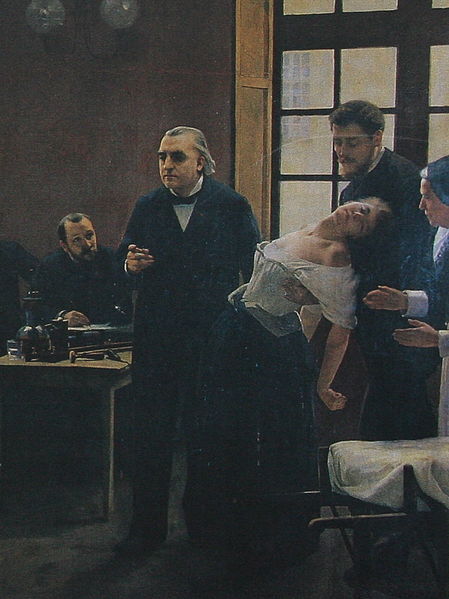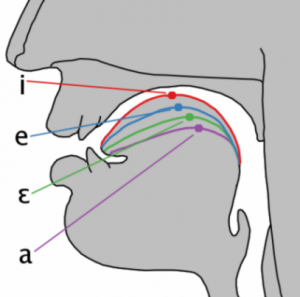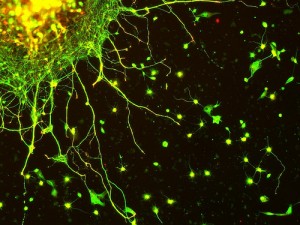 Whenever one paradigm gives way to another in science, the transition is traumatic. Hard-earned knowledge from the earlier perspective cannot be meaningfully compared with new research in the next paradigm, because even the language of the new scientific generation is slightly different. Information is lost or devalued. Such is the price of progress.
Whenever one paradigm gives way to another in science, the transition is traumatic. Hard-earned knowledge from the earlier perspective cannot be meaningfully compared with new research in the next paradigm, because even the language of the new scientific generation is slightly different. Information is lost or devalued. Such is the price of progress.
The coming revolution – and I don’t use that term lightly – in psychiatry promises to be so disruptive that the creators of the field’s bible, The Diagnostic and Statistical Manual of Mental Disorders (DSM) have been forced to delay the publication of their next (5th) edition. It was originally scheduled for this year, but won’t be out now until 2013 when they have figured out how to accommodate the looming storm.
As a Master’s student in Counselling Psychology, I know many of the textbooks I bought this year – the honking great thing called Synopsis of Psychiatry: Behavioral Sciences/Clinical Psychiatry and the more readable Diagnosis Made Easier: Principles and Techniques for Mental Health Clinicians, for example – will be obsolete when I graduate in two years.
For 150 years, psychopathology has been categorizing mental disorders as if they were discrete entities. The DSM, published every ten years or so since the early 1950s, adheres to this tradition, categorizing each illness and sub-illness in neat little packages. You’ve got your mood disorders and anxiety disorders, your eating disorders and sleeping disorders, your schizophrenias and dissociative disorders. Within these categories are more specific variants. For example, in “Impulse-control disorders not elsewhere classified” we find intermittent explosive disorder, kleptomania, pyromania, pathological gambling, trichotillomania, and impulse-control disorder not otherwise specified. All a clinician must do is check off a list of symptom criteria, and if a client meets them, they have the disorder.
Continue reading →
 Last week Jessa wrote about psychiatric diagnoses moving from the quantum to the continuum, from neat little packages to subtleties that include shades of gray and something called “a quantifiable baseline of life functioning.” The same week, Ginny published a story about the same diagnostic changes but applied specifically to pathological grief – the problem being that normal grief already looks crazy.
Last week Jessa wrote about psychiatric diagnoses moving from the quantum to the continuum, from neat little packages to subtleties that include shades of gray and something called “a quantifiable baseline of life functioning.” The same week, Ginny published a story about the same diagnostic changes but applied specifically to pathological grief – the problem being that normal grief already looks crazy.





